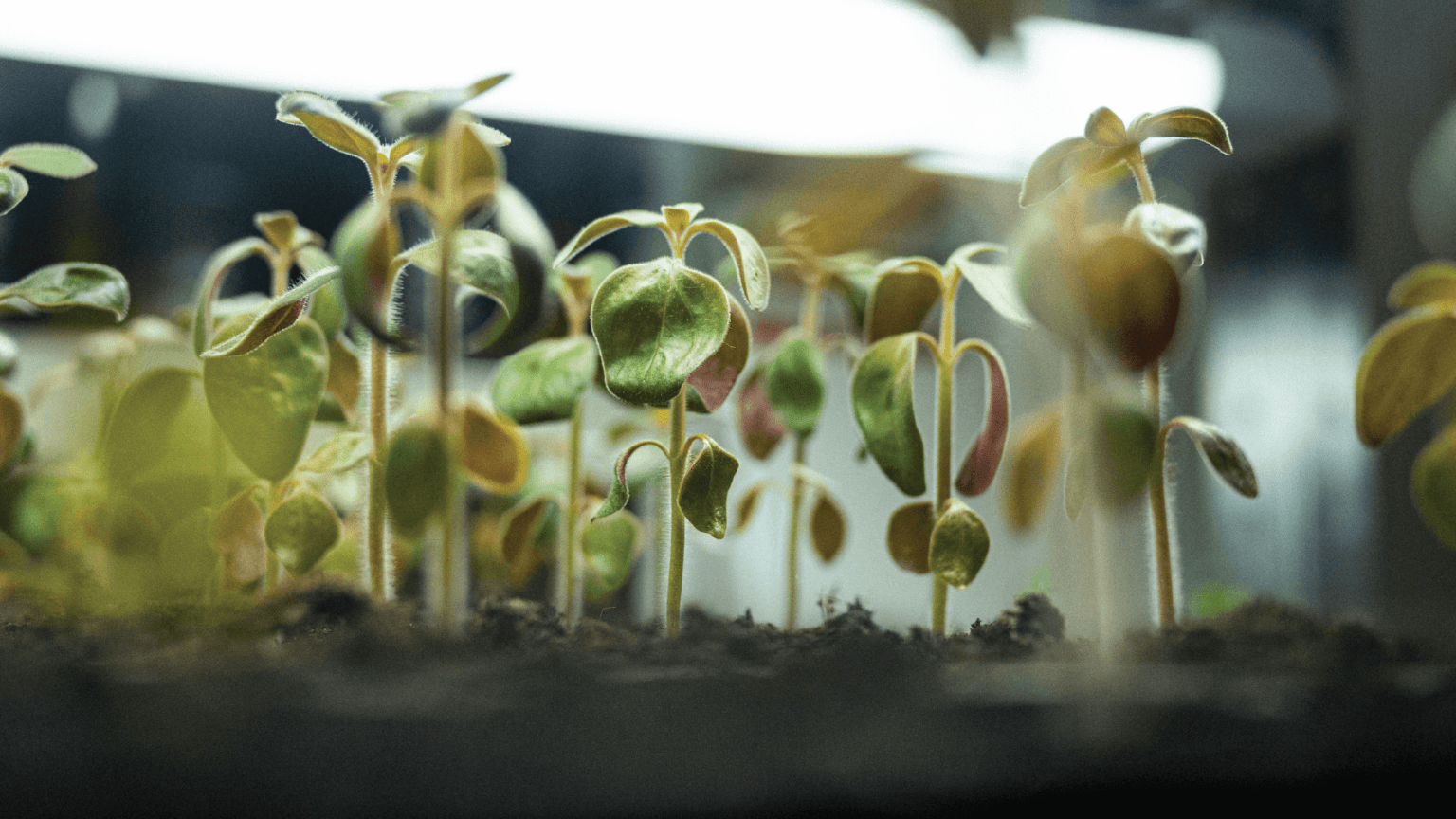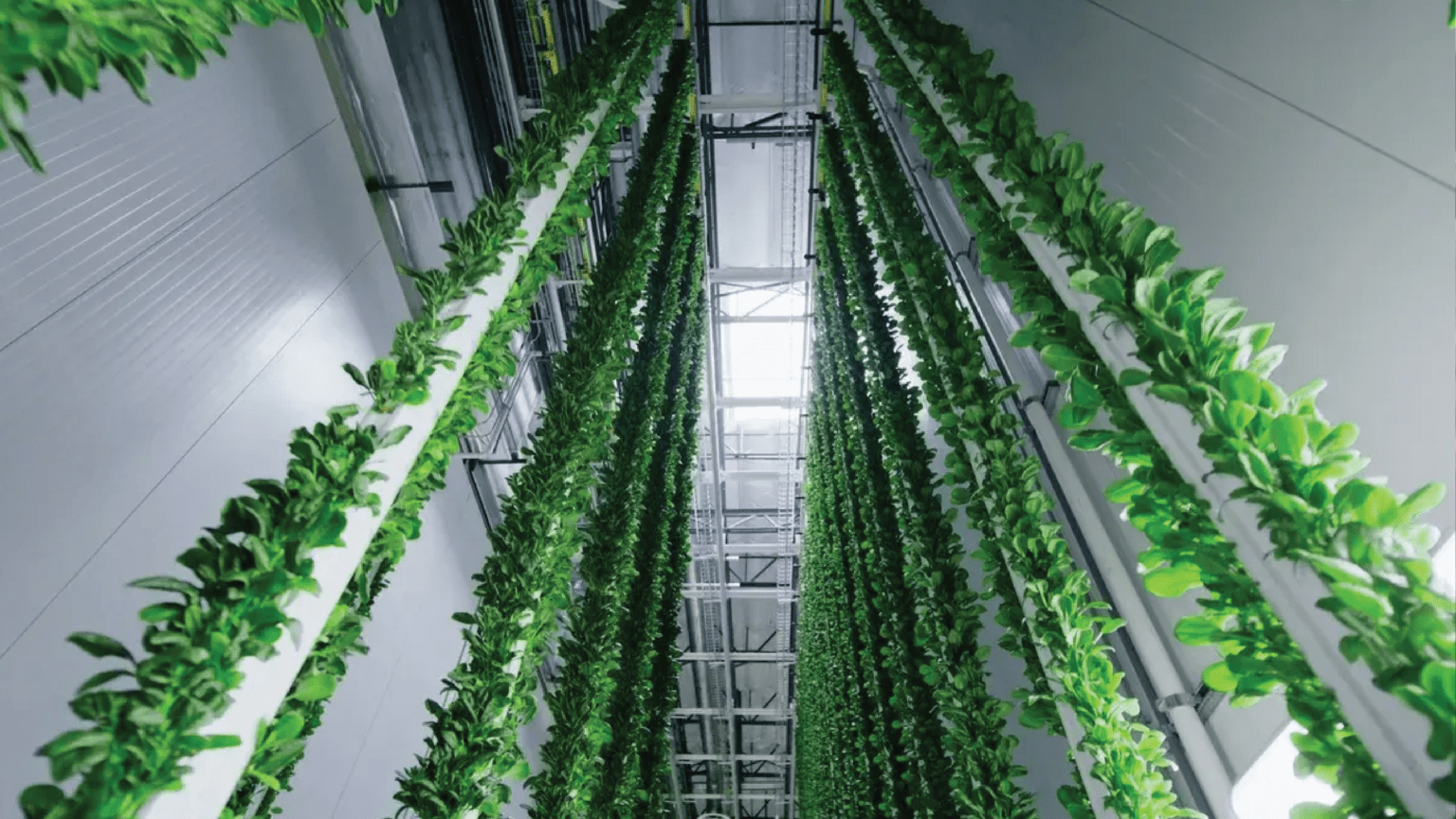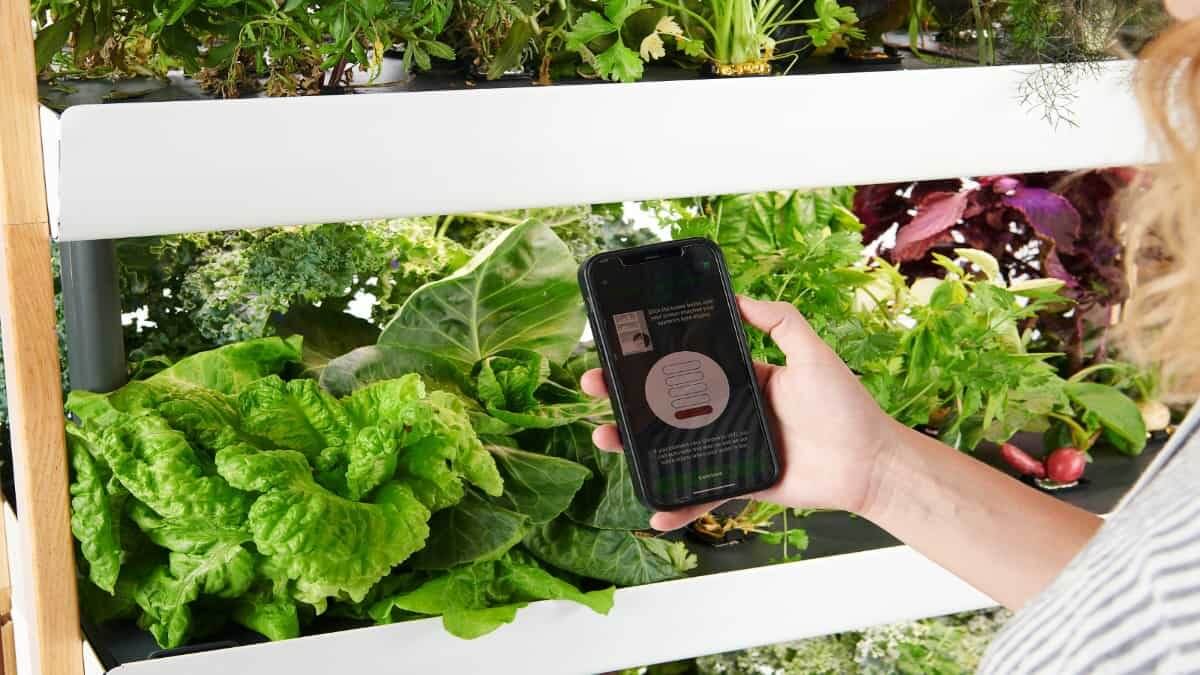Beautiful Thinking.







Some recent reports have shown that, for certain companies, sustainability is wavering by the wayside as profits become a greater priority. However, this year’s CES introduced some exciting developments in the ways individual consumers can bring more sustainable practices into their daily lives, re-energising green efforts.
It is reported that these advancements in farming on an industrial scale faced some challenges in 2023 amidst a series of bankruptcies among some major players in the space. Companies including AppHarvest, Aerofarms, Infarm, and Kalera ceased operating and filed for bankruptcy, representative of a broader struggle in the industry.
However, towards the end of 2024, investment in new projects such as the ReFarm project – a 900,000 sq ft vertical farming facility in Dubai – has sparked hope. This is further weighted by a market research company, Fact.MR, revealing that the global indoor farming market – as of October 2023 – was valued at US$ 40.51 billion. Furthermore, it is forecasted to expand at a compound annual growth rate of 11.3% between 2023 and 2033. It is likely that this is strengthened by the emergence and increasingly commonplace application of AI, which supports more efficient operations and the automation of services that help make this possible.
This is, of course, still farming at an industrial scale. It aims to create a more sustainable future for the cultivation of goods even in environments and climates which traditionally would not have been feasible for such growth.
Again, this concept is not a new one for many, with the rise and rise again of personal vegetable and fruit gardens and allotments. However, for those in cities and without access to these kinds of spaces, or those who are so enthusiastic and/or dedicated to this eco-movement that they wish to cultivate growth all year round, companies such as Rise Gardens are ideal.
This US company is helping enthusiasts, whether they’re a seasoned expert or a complete novice, to install ‘user-friendly units’ in their home. They utilise smart technology to monitor and adjust everything plants need to grow in their most ideal conditions; water, light, nutrition. You can track all of this through your phone, during which time you can order the seeds and supplies to keep your efforts progressing.
Rise showed a number of its smart indoor gardens during this year’s CES, including the new Roma, which allows for hydroponic growth (defined by the US Natural Agriculture Library as “the technique of growing plants using a water-based nutrient solution rather than soil”) in materials such as sand or gravel. Here you can grow fruiting plants like Roma tomatoes, cucumbers, and aubergines, with software that taps into AI to track the conditions of your budding produce.
Airfarm, a German Agritech start-up, also made a splash at the trade show, winning ‘Best of Innovation’ in CES’ Innovation Awards for their world-first inflatable farm. This converts moisture from the air into water in real-time. By converting the moisture created by the plants to feed water to the roots, it has created “the world’s first farm that operates without water infrastructure”.
According to CES,




Not only does it offer significant sustainability credentials, but its ability to be set up in just half a day makes it an ideal solution for disaster-stricken areas.
The reduction in water required by industrial indoor farms translates to those in the everyday home, contributing to the significant benefits they offer in reducing your ecological footprint. This is further strengthened by the overall reduction in resources required to grow produce using this technology. Transportation is also reduced when greens are grown right at home. By harvesting only what you need, you can reduce waste. You can utilise organic processes to eliminate the need for pesticides, thereby supporting biodiversity in a rich indoor ecosystem.
